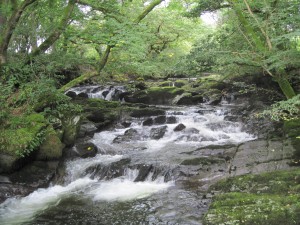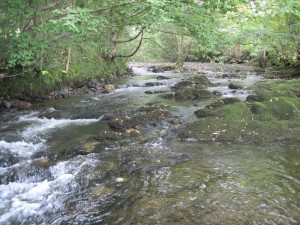In my early teens I had the good fortune to live by a wonderful Lakeland river where I spent a great deal of my spare time. When it rained up the valley the river became a raging torrent, in a drought it almost disappeared. Over the years I got to know every rock and stone. I knew exactly where to jump across with different volumes of water. I knew which stones became treacherously slippery when wet, under which stone one might find fish and when it might be possible to use a canoe.


Every now and then a local property owner or statutory body would make an intervention; constructing new fences, repairing a weir or cutting down trees. And it was amazing how often these interventions seemed to have a negative effect on my use of the river and also seemed to me to be a waste of resources which could have been spent much better on something else. I had lots of ideas of what could have been done to improve my local environment but of course nobody ever asked me.
This was my awakening to the simple truth that the people who understand a piece of environment best are the people who use it and if you want to make it function better then these people need to be involved in generating the solution.
Later, at university in London, I discovered to my amazement that this seemingly obvious principle was not part of the practice of modern day architecture and planning resulting in the most horrendous acts of destruction and people being condemned to live in the most appalling environments.
But I also discovered that all over the world there were people exploring new and creative ways of involving local people in the creation and management of their environment. Exploring this phenomenon has become the focus of my work.
Nick Wates
2016
